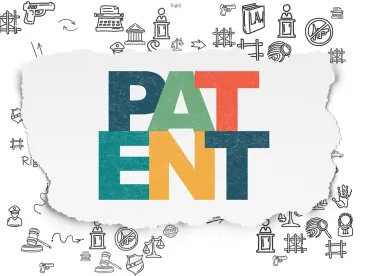In a widely anticipated move with implications for patent litigation across the country, the Supreme Court ruled today that the equitable defense of laches is not available to limit damages in patent infringement cases subject to the six-year damages limitation of 35 U.S.C. § 286.
In S.C.A. Hygiene Prods. Aktiebolag v. First Quality Baby Prods., LLC, the Supreme Court extended to the patent context its reasoning in Petrella v. Metro-Goldwyn-Mayer, Inc. (2014) that laches cannot defeat a claim for copyright infringement damages brought within the rolling three-year limitations period prescribed by the Copyright Act.
The Court reasoned in S.C.A. Hygiene that, because 35 U.S.C. § 286 functioned as a “statute of limitations” on the time period for which patent damages were recoverable, there was no room for the judiciary to override the will of Congress as to how much delay was tolerable when it comes to patent suits. “Laches is a gap-filling doctrine, and where there is a statute of limitations, there is no gap to fill.” (slip op. at 5).
Rejecting the en banc majority view of the Federal Circuit that the 1952 Patent Act codified then-existing patent jurisprudence that by and large applied laches to bar patent damages claims, Justice Alito writing for the majority stated that the cases relied on by the Court of Appeals to support its opinion were neither sufficiently numerous nor sufficiently relevant to overcome the general rule that laches cannot limit a damages claim already cabined by a statute of limitations: “The most prominent feature of the relevant legal landscape at the time of enactment of the [1952] Patent Act was the well-established general rule … that laches cannot be invoked to bar a claim for damages incurred within a limitations period specified by Congress.” (slip op. at 9-10).
Implications for Patent Litigation
Although many commentators had considered the laches damages defense to be on life support ever since the Petrella decision, the defense itself has been available in patent litigation and had the imprimatur of the Federal Circuit for decades. See generally A. C. Aukerman Co. v. R. L. Chaides Constr. Co., 960 F. 2d 1020 (Fed. Cir. 1992). This oft-raised (but less often successfully asserted) defense to damages is now off the table for patent defendants and seemingly provides patent holders, particularly those interested in obtaining monetary relief, greater latitude in deciding when to file suit without the risk of facing a laches bar, so long as one does not otherwise engage in other conduct (such as that giving rise to equitable estoppel) that might preclude monetary relief.
By the same token, patent holders should no longer need to aggressively police their portfolios on a constant basis solely for fear of being subject to a laches bar if they first confirm infringement or otherwise wish to assert infringement more than six years after becoming aware of a defendant’s potentially-infringing activities.





 />i
/>i


